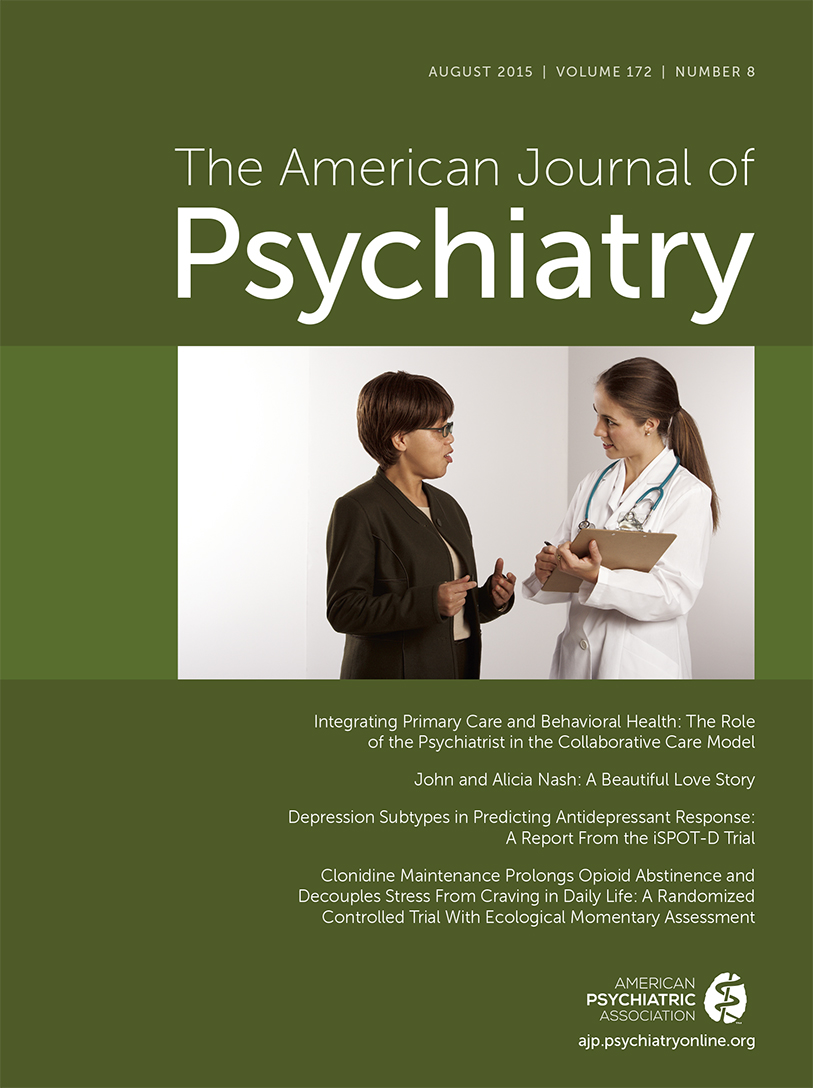Amygdala Hyperactivity at Rest in Paranoid Individuals With Schizophrenia
Abstract
Objective:
The amygdala’s role in threat perception suggests that increased activation of this region may be related to paranoid ideation. However, investigations of amygdala function in paranoid individuals with schizophrenia, compared with both healthy individuals and nonparanoid individuals with schizophrenia, have consistently reported reduced task-related activation. The reliance of blood-oxygen-level-dependent functional MRI on a contrast between events and baseline, and the inability to quantitatively measure this baseline, may account for these counterintuitive findings. The present study tested for differences in baseline levels of amygdala activity in paranoid and nonparanoid individuals with schizophrenia using arterial spin labeling perfusion MRI.
Method:
Resting cerebral blood flow (CBF) and task-related activation of the amygdala were measured in 25 healthy individuals, 16 individuals with schizophrenia who were actively paranoid at the time of scanning, and 16 individuals with schizophrenia who were not paranoid.
Results:
Analysis of relative CBF values extracted from the amygdala bilaterally revealed significantly increased activity in the left amygdala in paranoid patient volunteers compared with healthy comparison subjects and nonparanoid patient volunteers. Increased CBF was also evident in the right amygdala but did not reach the level of statistical significance. Paranoid volunteers also showed significantly decreased task-related activation of the amygdala compared with the two other groups.
Conclusions:
These findings suggest that amygdala hyperactivation may underlie paranoia in schizophrenia. Additionally, the reported differences between paranoid and nonparanoid patient volunteers emphasize the importance of considering symptom-based subgroups and baseline levels of activity in future investigations of neural activation in schizophrenia.



